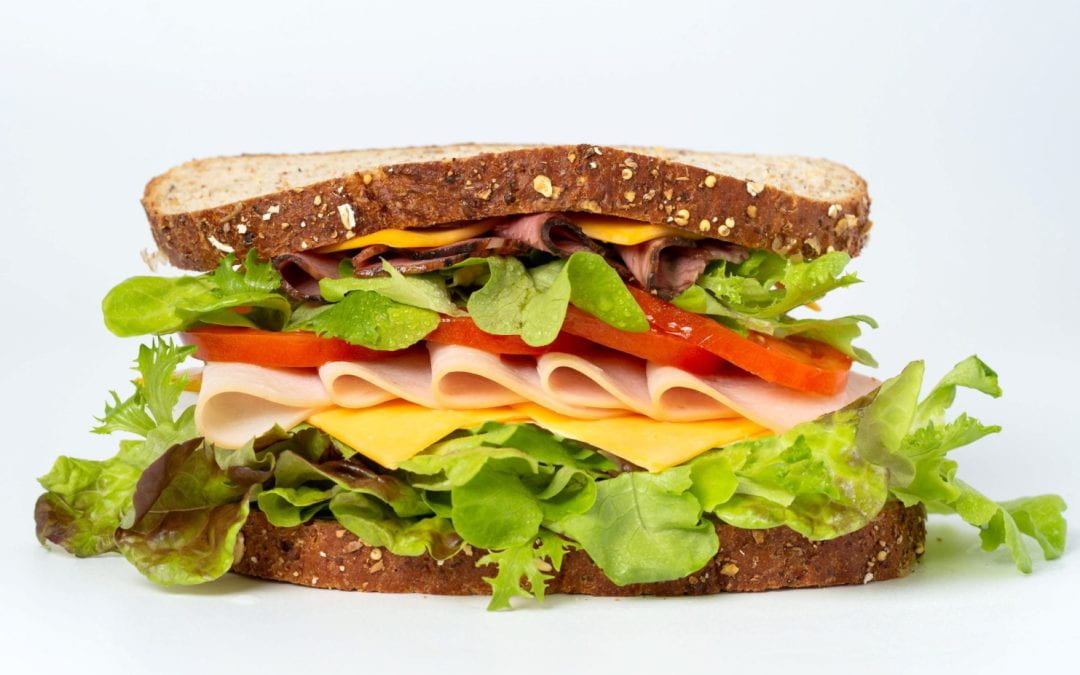by Professor Boyd Swinburn, Professor of Population Nutrition and Global Health, School of Population Health, University of Auckland
Stories of children going to school on empty stomachs with no lunches in their school bags hit us hard.
There is a desperate unfairness that children who are already living in disadvantage are not getting the best chance for their healthy growth and optimal learning. If one in five children live in households that regularly run out of food then something urgently needs fixing in this wealthy, food-producing country of ours.
Are free school lunches the answer? I used be sceptical that the huge investment needed to provide lunches universally to children at school (as most countries in the world do) was a cost-effective or efficient way to improve the terrible state of children’s nutritional health in New Zealand. Surely, there are less expensive, more powerful policies that could be enacted.
Mandatory school policies for healthy foods in schools or restrictions on unhealthy food marketing to children would be two such policies. I definitely think we need these policies, but I am now also a champion for free school lunches.
I am especially keen that we measure the impacts of the Government’s Ka Ora, Ka Ako free lunch programme for the 25 per cent most disadvantaged schools.[1] The programme, which was launched as part of the post-Covid economic recovery funding, is now in full swing aiming to serve over 200,000 students in 873 schools by term 4 2021.
Four things swayed my mind on this issue:
- The Covid-19 pandemic showed that the usual indicators of food insecurity were only measuring the tip of the food poverty iceberg. As soon as lockdown occurred, so many families who were surviving just above the breadline found themselves standing in the rapidly lengthening queues for food parcels.
- The principals whose schools were part of the Ka Ora, Ka Ako pilot programme, which had only just got underway before the 2020 lockdown, had many stories to tell about their observed impacts on health, school attendance and classroom attentiveness. Consistent anecdotes from astute principals warrant investigation.
- The list of potential impacts that a free school lunch could have is long. The Ministry of Education’s website notes that improvements have been shown in the literature for physical and mental health and wellbeing, child development and learning, school attendance and engagement, and family food security. All of these are eminently plausible and need to be evaluated along with others, such as increased local employment and reduced food and packaging waste.
- An evaluation of the Covid-disrupted pilot study showed promising impacts, with less hunger at school, improved diets (more vegetables, fewer snacks), and a small improvement in self-reported quality of life.[2] There were also strong suggestions that the benefits were accrued disproportionally to the disadvantaged students, suggesting a likely pro-equity impact.
The Ka Ora, Ka Ako programme is the largest intervention in children’s food environments in the 30 years of my professional life working in the area.
It is a massive natural experiment and it needs to be fully evaluated because, if its promised impact holds up, it should be applied across all schools. Food insecurity, overweight and obesity, poor dental health, mental health issues, and reduced school engagement are not only found among students in the 25% most disadvantaged schools. They may be more common there, but these problems are spread across all schools and so universally free healthy lunches could be a critical catalyst for improvements in children’s nutrition across the motu.
A Better Start National Science Challenge and Cure Kids are supporting a study to work with the schools and suppliers of free school lunches in Hawke’s Bay to ensure that the Ka Ora, Ka Ako programme meets the community’s needs. The study, Nourishing Hawke’s Bay: He wairua tō te kai, has worked with community leaders to define the six pou or principles that would need to be met in order to improve children’s nutrition in the region.
These are: engage with Matāranga Māori; focus on children’s hauora; support whanau food security; work with the community; improve the cohesion and integration of community-level actions, and start with schools. Our research will assess how well Ka Ora, Ka Ako programme is able to deliver on these community-defined outcomes.
[1] Ka Ora Ka Ako healthy school lunches programme. Ministry of Education.
[2] Vermillion Peirce P, Blackie E, Morris M, Jarvis-Child B, Engelbertz S. Healthy school lunch pilot Ka Ora Ka Ako interim evaluation. 2021 Ministry of Education
Photo credit: Mae Mu/Unsplash

